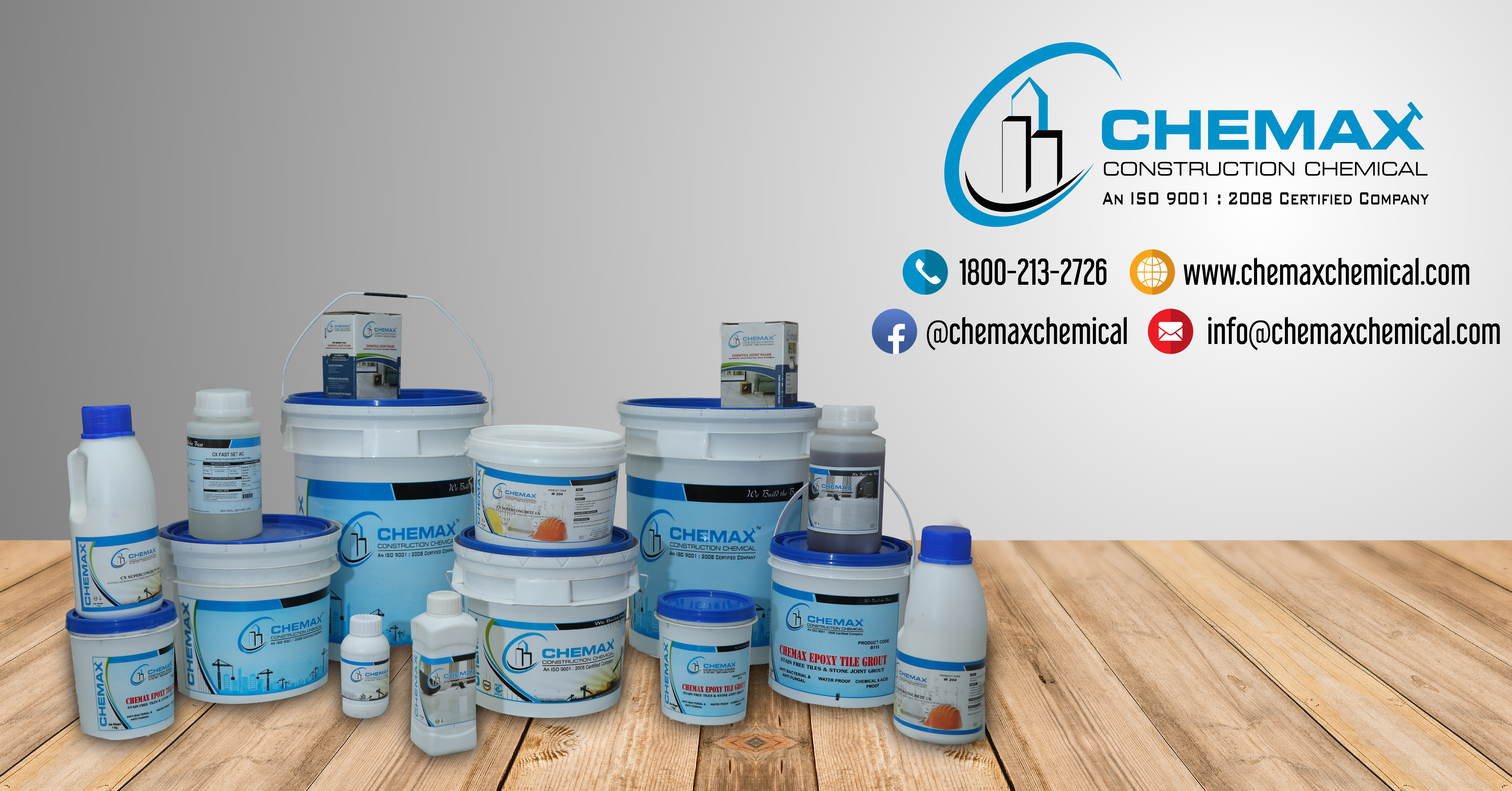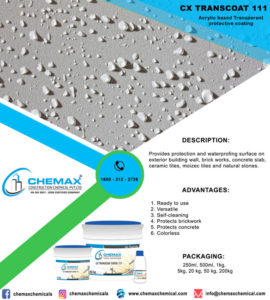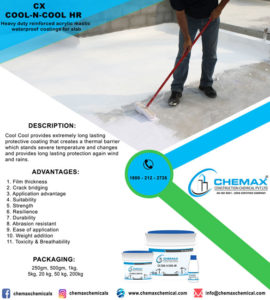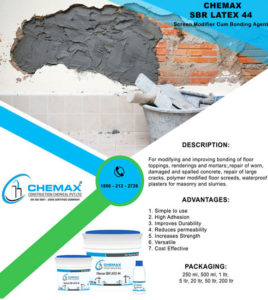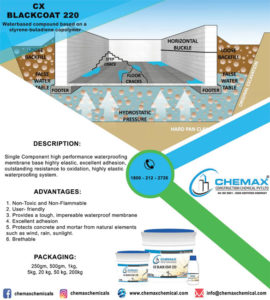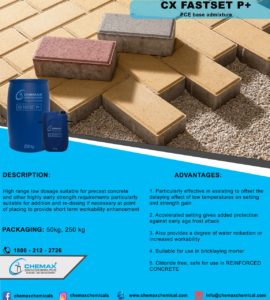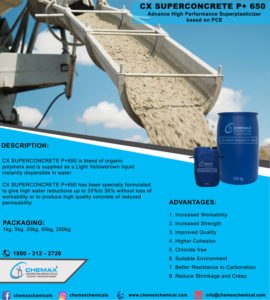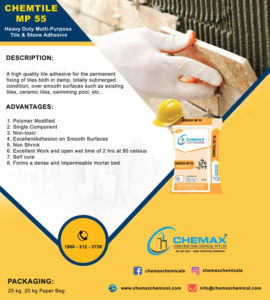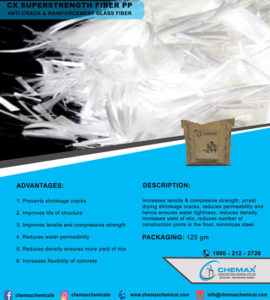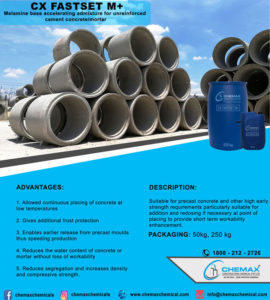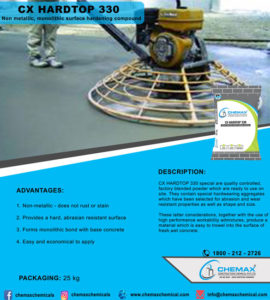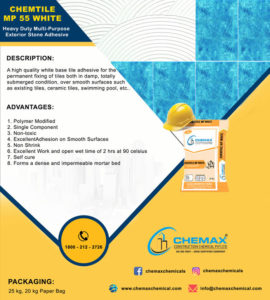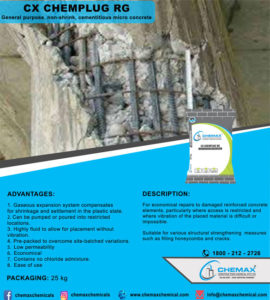Building Dampness can be caused by poor design, shoddy construction, and the use of subpar materials. In addition to shortening a building’s lifespan, moisture also makes it difficult for key building components to be constructed in a sanitary manner. The process of keeping the walls, floors, and basement dry is known as damp proofing, but the process of stopping water from leaking from the roof is typically referred to as water proofing.
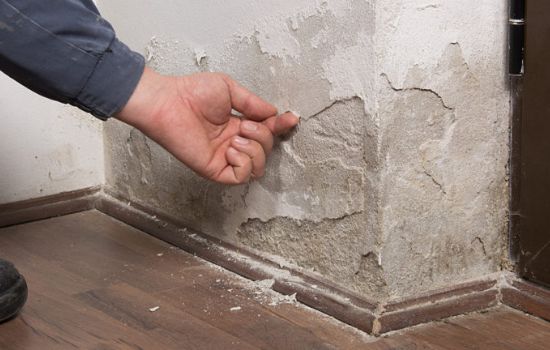
Defects Resulting from Building Dampness:
Following is a summary of the different faults that moisture to a building causes:
- Bricks, stones, tiles, and other materials may eventually disintegrate as a result of the efflorescence it creates.
- Plaster may become softer and crumble as a result.
- It may result in paint flaking and bleaching, as well as the creation of coloured patches.
- Timber could end up warping, bending, or decaying as a result.
- Metals may corrode as a result of it.
- Electrical fixtures could deteriorate as a result of it.
- Termite growth is encouraged.
- It makes the inhabitants’ living conditions unhealthy.
Causes of Dampness in Buildings : ( We Have Dampness Protection Chemicals )
One of the main sources of dampness is the absorption of moisture by the construction components. Due to the granular nature of the materials, moisture easily enters the spaces and, with the help of capillary action, is able to move in a variety of directions. As a result, moisture may enter a building’s interior through the wall, floor, or roof due to poor construction practices, incorrect structural design, or the use of faulty structures or materials.
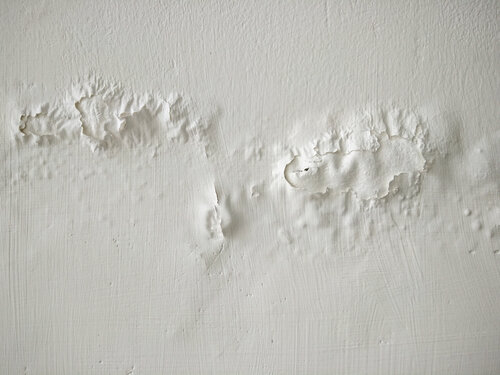
Sources of Dampness in Building
The important sources of dampness may be summarized as below:
- Increasing dampness through the foundation walls. Due to capillary action, moisture from damp ground may rise significantly above the ground level.
- It’s possible for wetness to result from rainwater splashing against a wall’s surface and rebounding.
- Dampness may result from rainwater seeping through exposed wall tops, parapets, compound walls, etc.
- Rainwater may seep through a damaged roof covering in the case of sloped roofs. Furthermore, improper eaves courses and eave or valley gutters may permit rainwater to enter the top supporting wall and result in moisture.
- In the case of flat roofs, insufficient roof slopes, incorrect rainwater pipe connections, and faulty joints between the roof slab and parapet wall may prove to be the cause of dampness.
Methods of Preventing Dampness Chemicals in Buildings
Following methods are generally adopted to prevent the defect of dampness in a structure:
- Damp-proofing membrane
- Complete damp proofing
- Surface manipulation
- Building a cavity wall with Gunite
How Can CHEMAX Help You ?

If you’re looking for a tiling solution or a professional service that helps you treat your damp walls, book it with Chemax Construction Chemical Pvt Ltd today. See the full list of our High Quality Construction Chemical For Dampness in Building.
Chemax is Leading Brand for dampness Protection Chemicals For Walls on home or Any Construction. Our Experts & Quality Checkers check- Dampness Protection Chemicals For Maintain Quality. We Provide Dampness Protection Chemicals on Mumbai, Gujarat, Pune, Navi Mumbai, Kerala Etc

